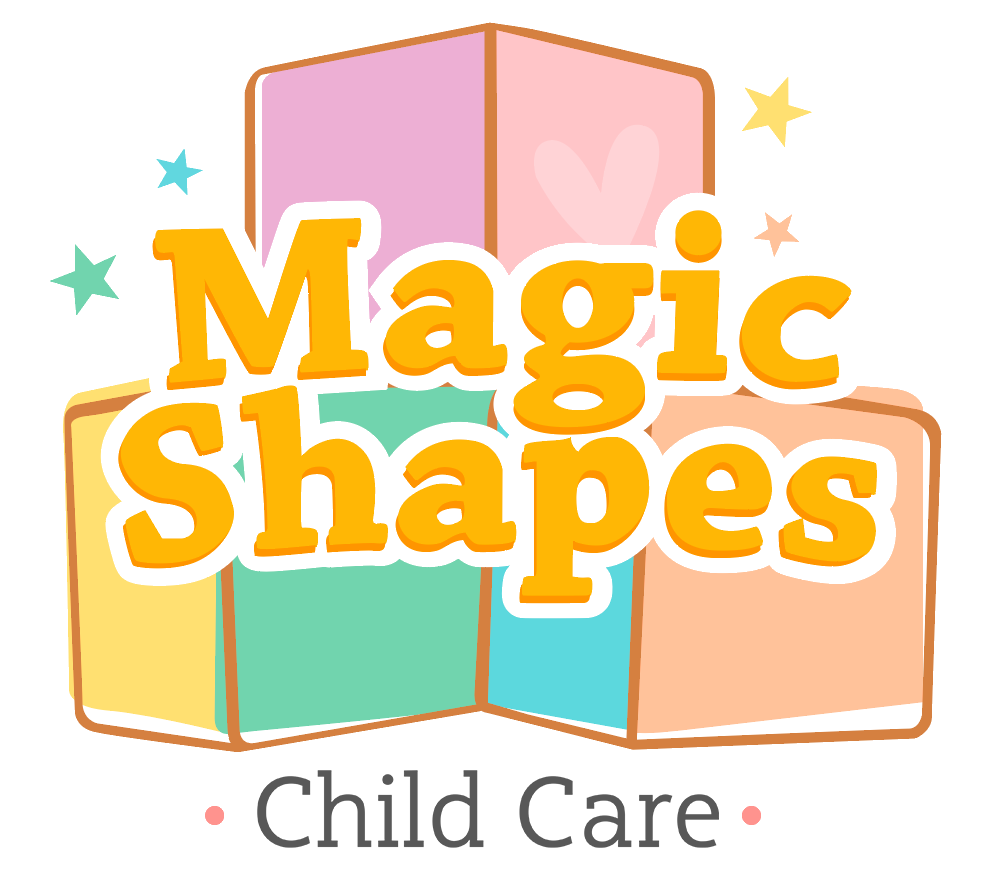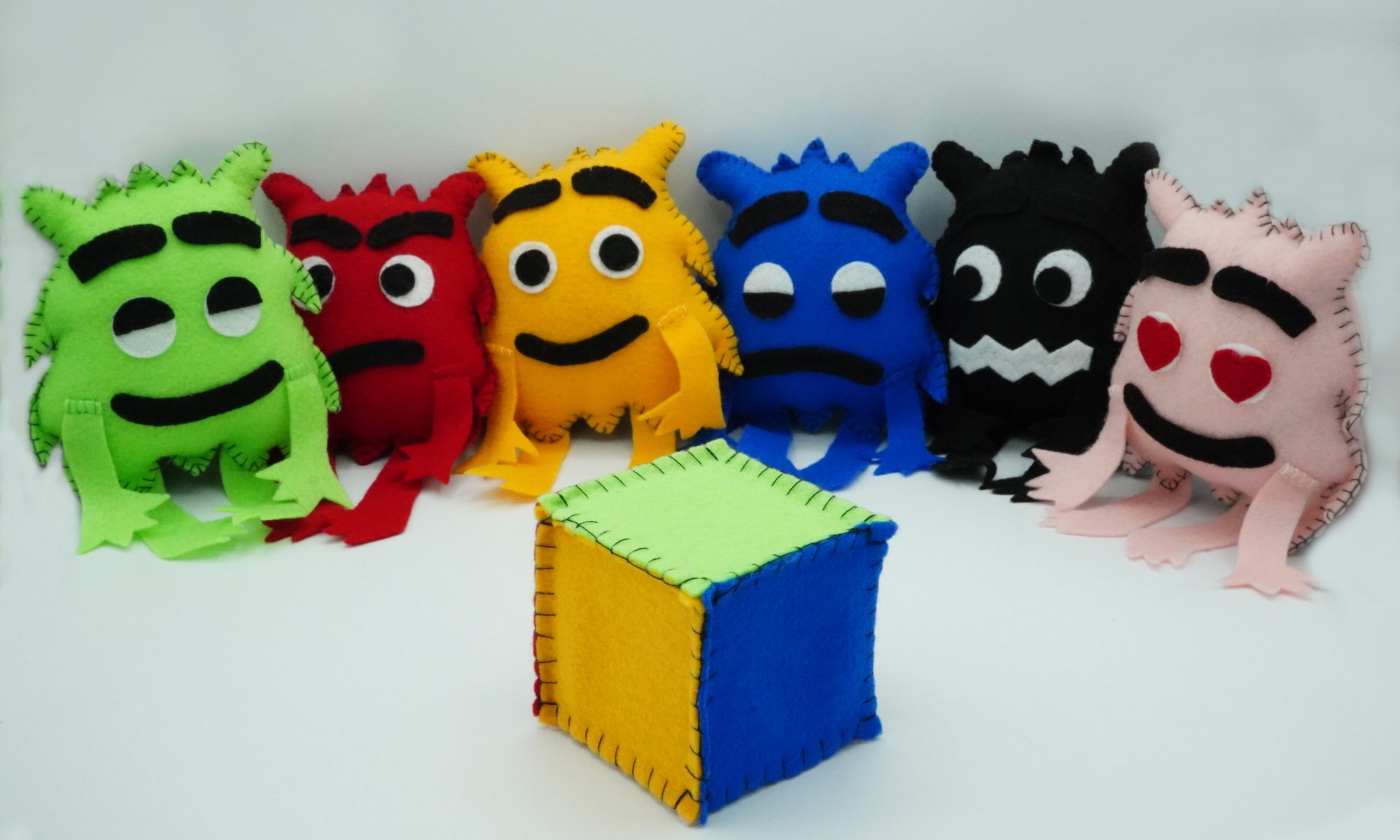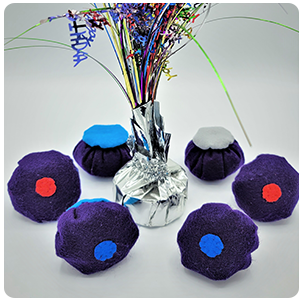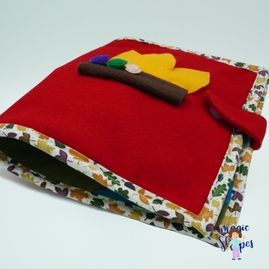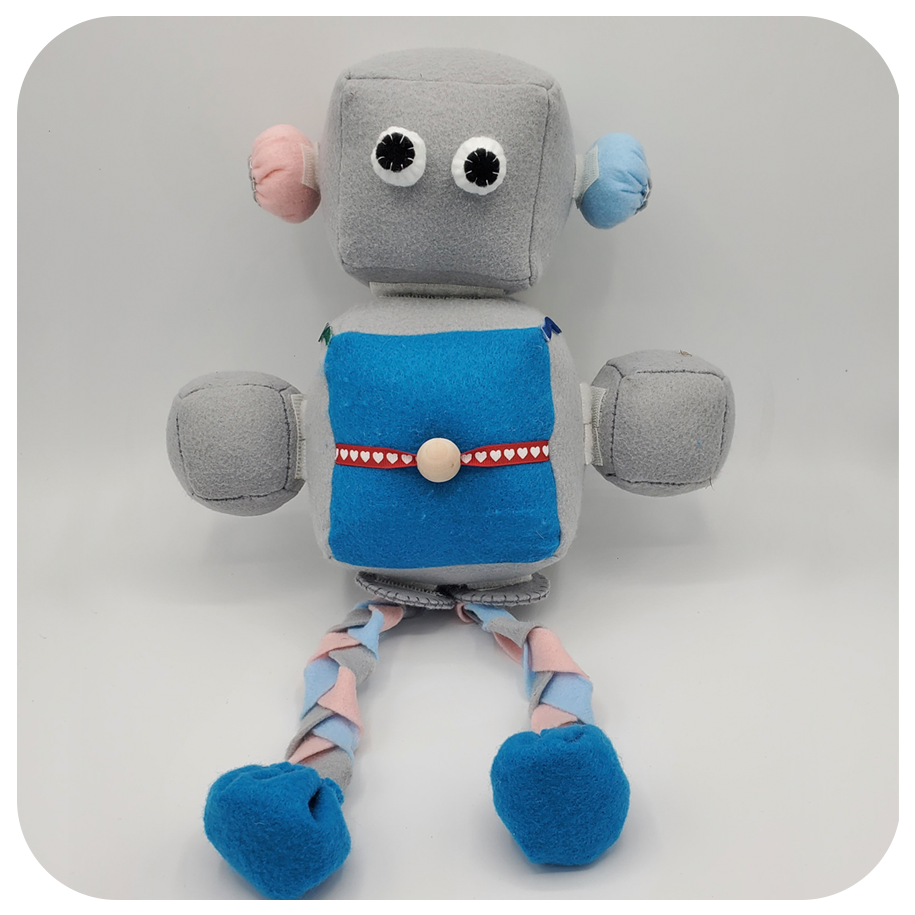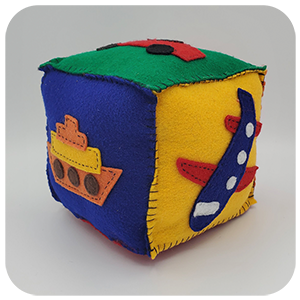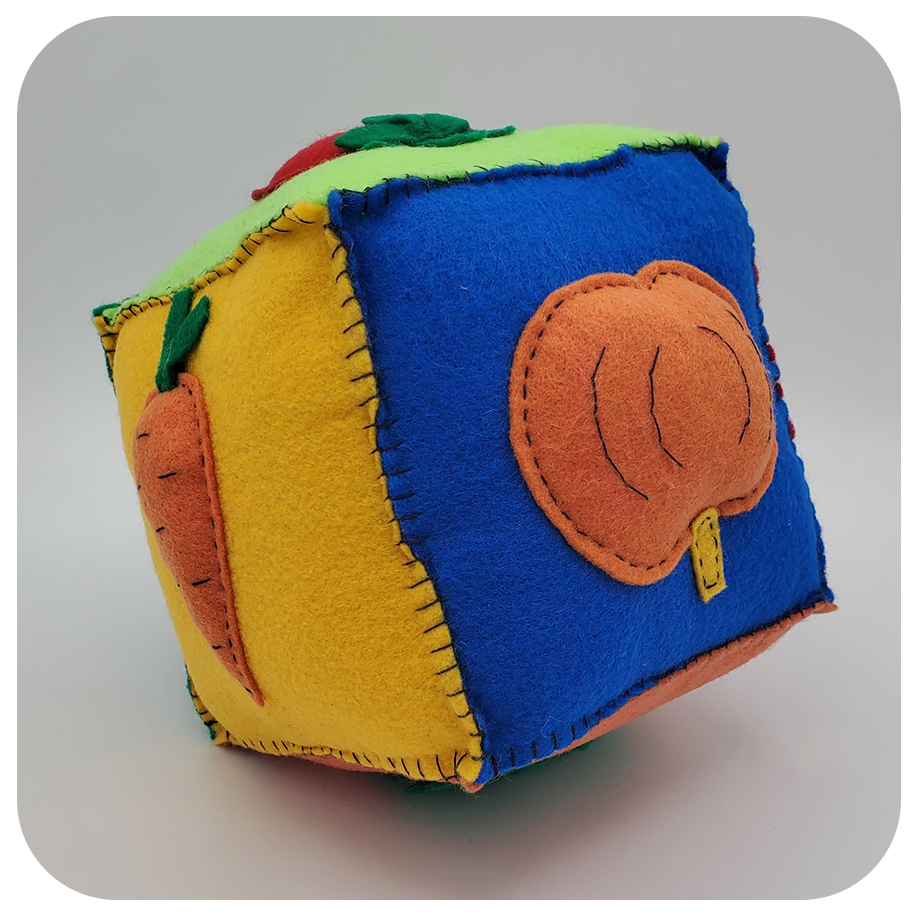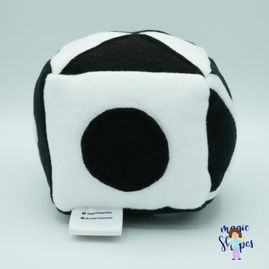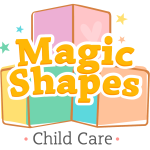This group of MONSTERS OF EMOTIONS, made with colored felt fabric, is a good gift for children and adults. It invites you to play with your little one from 8 months onwards, helping him recognize and identify his emotions according to color. You will see how it perfectly leads you to carry out activities and talk with your child about how emotions manifest in our body, and you will see what causes sadness, joy, fear, anger, calm, and love. This helps you work on your emotional side and increase your vocabulary. It is a fundamental tool for prevention and preparation for life.
As a family, we can:
Create open communication about the feelings that arise during the day, speak naturally and listen to your children, and talk and share your emotions as an adult.
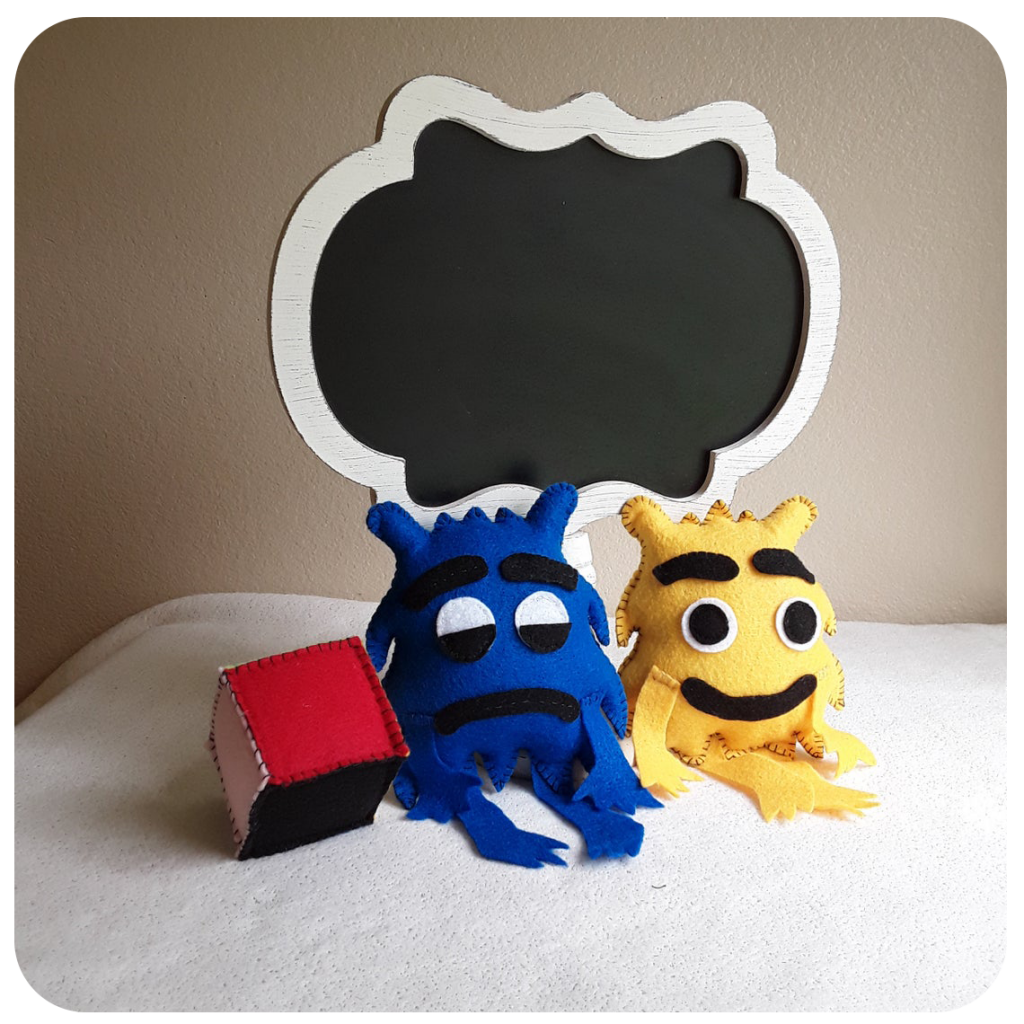
USE OF TOYS:
Dictionary of emotions
This activity can be done from 8 months of age to 5 years.
1. Choose the right time and place to play with your little one.
2. Take a character (monster) that expresses an emotion.
3. Pleasantly describe the character, for example: “Look what a cute toy, it’s yellow, and it’s smiling, it’s a happy monster.
4. Repeat with the baby twice a day.
5. The next day, repeat the same (Happiness) and add one more character (sadness).
6. The third day presents joy, and sadness and adds one more (fear).
7. So on until the whole group of emotions is gathered.
8. Play as much as the little one allows you and create activities according to their needs.
Guess what emotion it is
Requirements:
A dice of colors.
The monsters of emotions. (personage)
1. Choose the right time and place.
2. Put the monsters of emotions in a box or basket.
3. Mention and reinforce to your little one the colors of the dice.
4. Gather the family together to share the game.
5. Everyone sitting on the carpet/floor.
6. Choose a family member to start the game.
7. Roll the dice and mention the color that came out (for example, red).
8. Look in the box or basket for the personage color and imitate the emotion.
9. One of the family members must guess which personage it is.
10. Respect his rhythm and do not interrupt him when he is playing.
11. Thus, successively, all members of the family participate.
